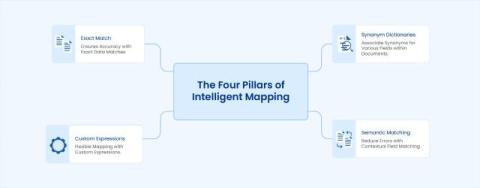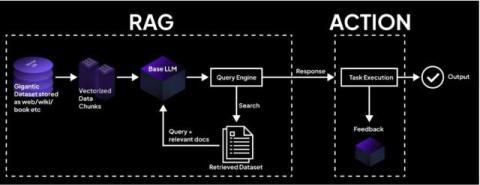The Fall and Rise of Embedded Plugins: The Trend Away from IFrames
IFrames were used, and are still used, in many embed frameworks. After much experimentation, including many unsuccessful platforms, iframes have proven themselves to be a simple and powerful way to let partners customize your experience. However, their limitations are also known: Consequently, platform teams have tested and continue to test alternatives. Certain platforms now exclude iframes entirely, while others combine iframes with non-iframe alternatives.











